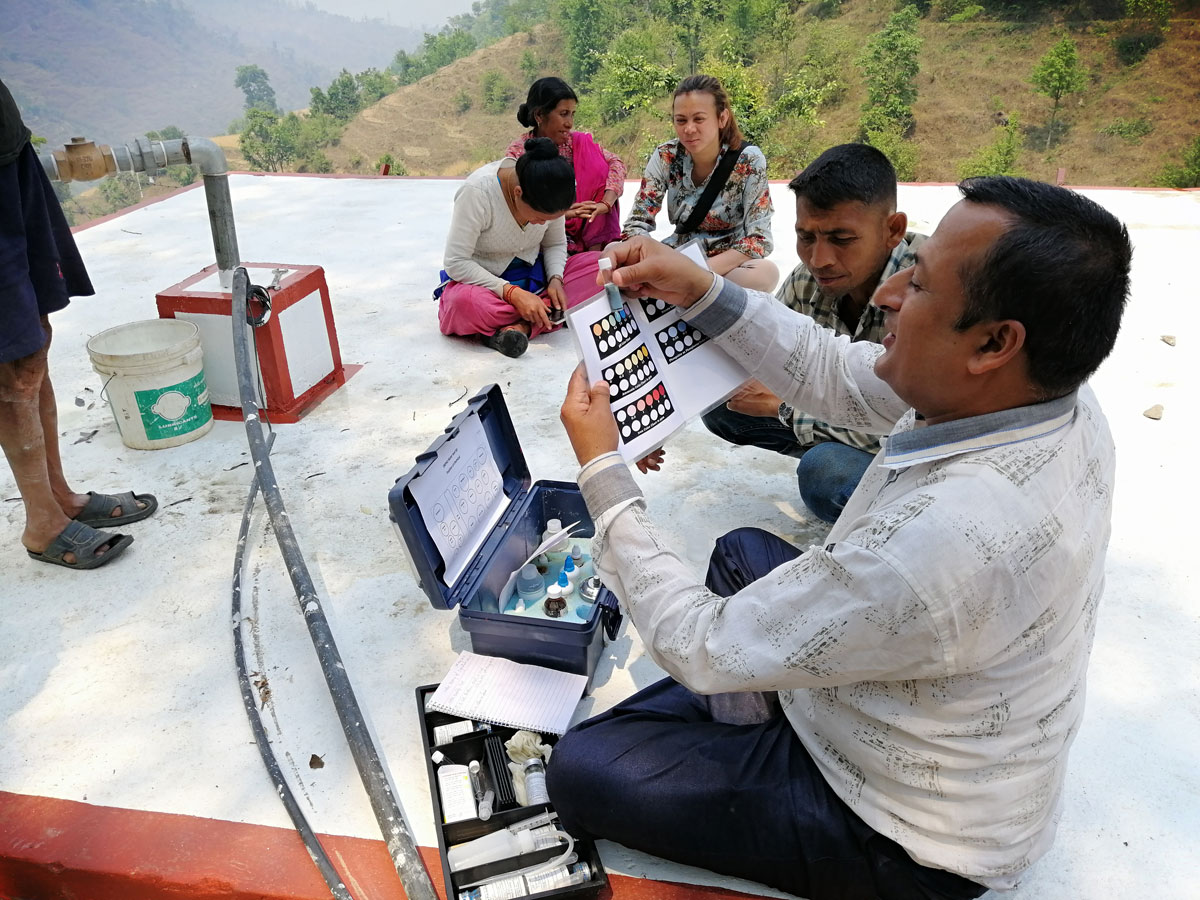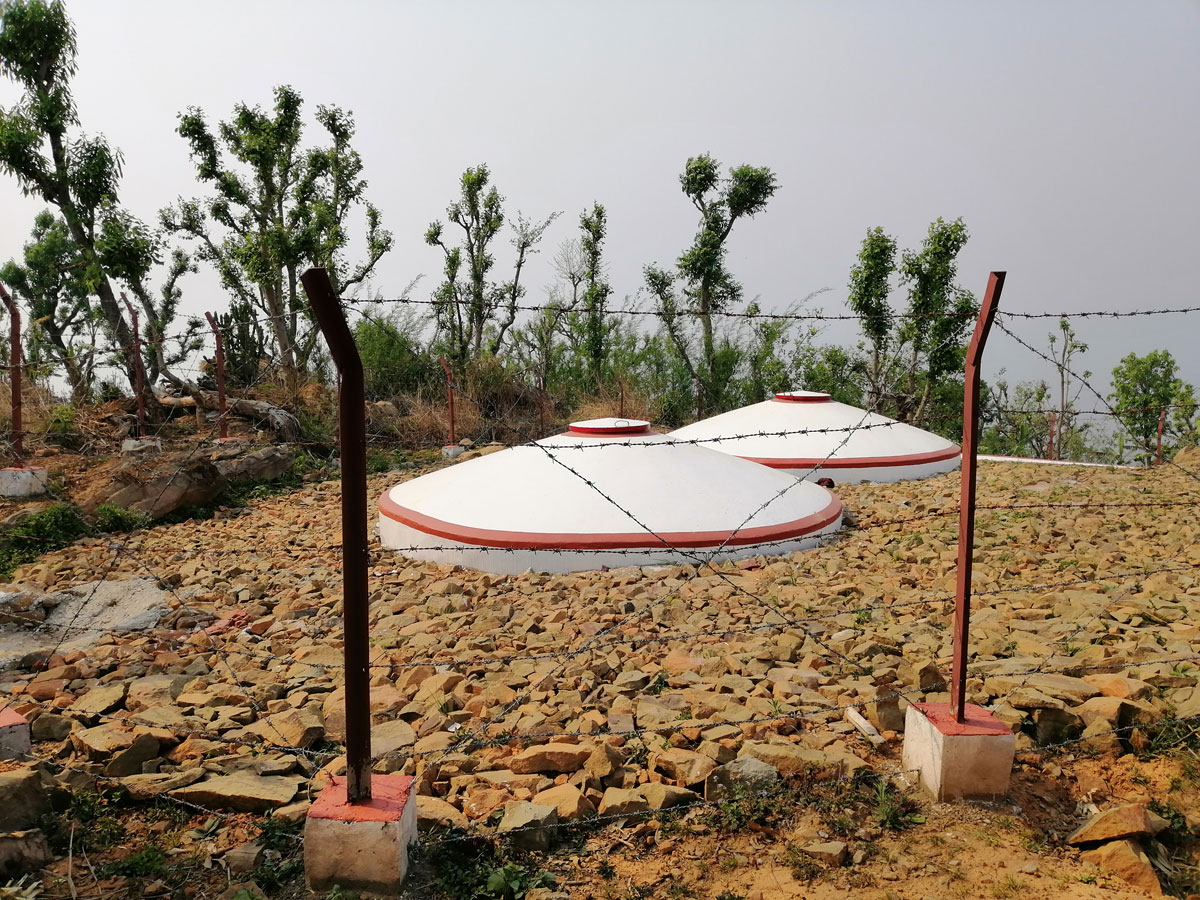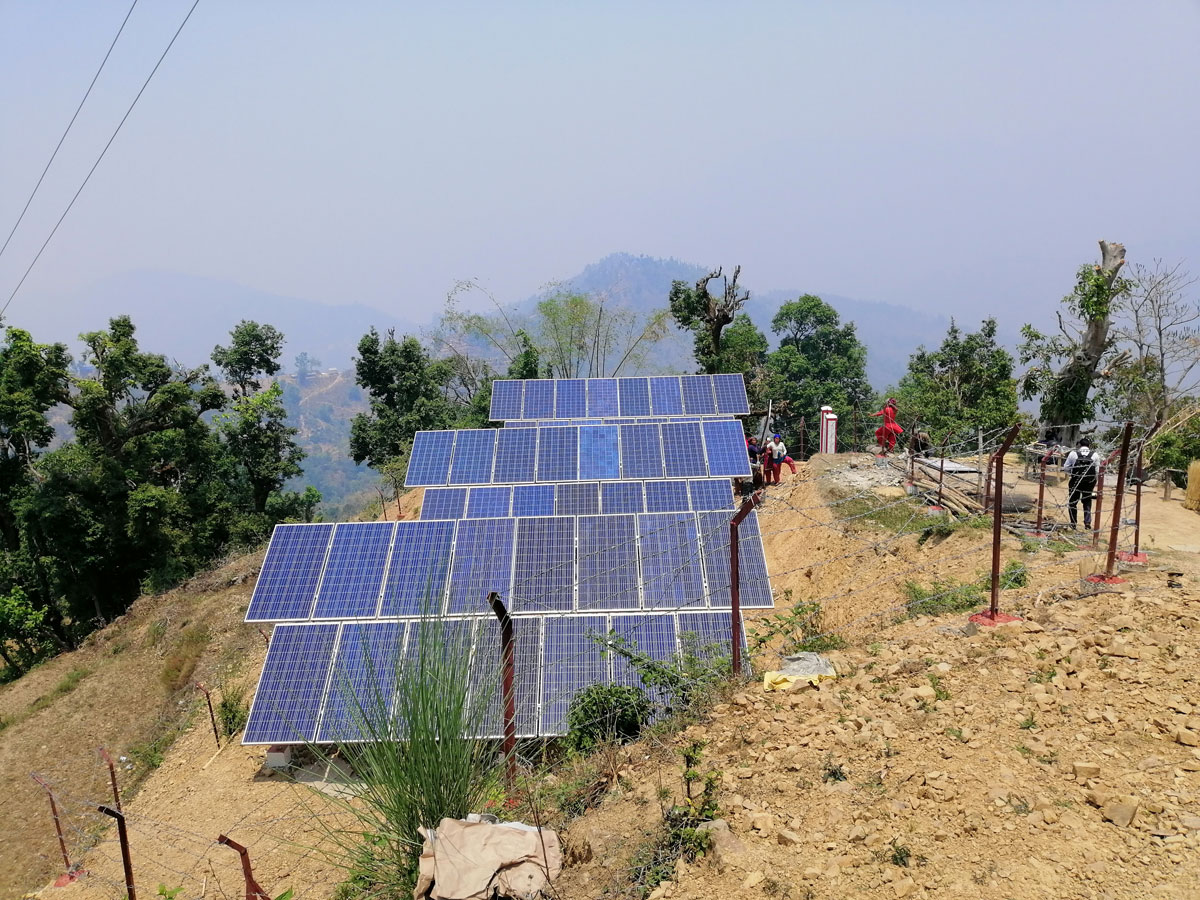May 30, 2019
The Unica Foundation along with Renewable World, a British NGO, started the solar multiple uses system (SolarMUS III) project in Surkhet district in April 2018. The project covers eight clusters. Out of eight, four were served by Renewable World in Solar MUS II, which are now included in the third phase as follow-up and strengthening. The project will be phased out in March 2021.
Old Locations
- Dewasthal SolarMUS: 29 households: 230 beneficiaries (146 community members and 78 students and six teachers at the local primary school).
- Aamkholi Gotheri SolarMUS: 35 households: 178 beneficiaries (169 community members and seven students and two teachers at the local primary school).
- Upallo Bharyang SolarMUS: 39 households: 562 beneficiaries (212 community members and 350 students at the local secondary school).
- Kharepani SolarMUS: 53 households: 279 beneficiaries
New Locations
- Raga Sundarpur SolarMUS: 176 households: 1,338 beneficiaries (979 community members, 359 students and teachers at the local high school, and one clinic will also benefit).
- Sanneghari SolarMUS: 195 households: 1,732 beneficiaries (1,292 community members, 413 students and teachers at the local high school, 27 students from a soon to be constructed hostel, and one co-operative will also benefit).
- Jabden Bhaktadi SolarMUS: 82 households: 556 beneficiaries (468 community members, 88 students and teachers at the local primary school, and two clinics will also benefit).
- Jugedhara SolarMUS: 103 households: 596 beneficiaries (532 community members, 60 students and teachers at the local primary school and 4 staff at the ward office).
Field visit
There was a field visited conducted from 9 to 12 May 2019 by the Unica Foundation. Three out of four new clusters (except Raga Sundarpur) were visited.
The project activities in Jugedhara are almost finished, so now the software activities are being accelerated. At the other two sites (Jabden Bhaktadi & Sanneghari) the construction activities of the hardware part are being implemented. Up to now, software activities have been implemented to a certain extent from the start of the project, such as preparing a nursery, making organic manure, etc. However, it can be accelerated once the water is brought to the system.
It was noted that there was severe water deprivation in all three locations. As Renewable World has adequate knowledge gained from previous projects, this has been helping to enrich the SolarMUS III project. The local partner in Surkhet, Beautiful Nepal Association (BNA), is also an established and experienced organization in that region which is a plus for the project.
The following observations were noted during the field visit.
Sanneghari (195 households)
There was a stone laying ceremony while we visited the village. The chairperson of Chaukune Rural Municipality, Mr. Dheer Bahadur Shahi, laid the foundation stone at the place where a collection tank will be built. Later there was an official program with several speeches from the local leaders. The villagers are eager to have the project carried out sooner. We also visited a farm from a leading farmer who promotes his crop production with the help of the project.
Jabden Bhaktadi (82 households)
The water scarcity was quite visible there because the whole village needs to use two public taps that are also quite unreliable. The community is eagerly looking forward to the project and also seems very supportive. Not many activities took place, but the hardware activities have started.
Ganga, the field manager from Renewable World, conducted a water quality test with ENPHO* water test kits in Jugedhara and Jabden Bhaktadi. The outcome is that both locations have a safe water source.
Jugedhara (103 households)
The construction work on this site is completed. The entire system looks solid and works well. The Suryodaya Urja (Grundfos) company was contracted for the installation work of the solar and pump system. The water meter is connected in each household as well as in the uphill to measure the total amount of water that is lifted. Collection, store, filtration and preservation of water source in the downhill is managed. Covering the yard at the fence at the source as well as at the solar panels array is also completed. Software activities are being implemented by developing nurseries to support kitchen gardening.
We also spoke with the chairman of the Solar MUS user’s committee, Ms. Tulasi Lamichhane. She is happy that there is drinking water in every household available now. However, she shared that the community had to contribute in cash (about 10.000 Nepalese rupees per household) for the project. Until now they could only collect NPR 4.000 per household (500 at the beginning as seed fund and 3.500 later to buy accessories for the tap stand, including the water meter at the household level). There is still a gap that they have to fill. The project management is looking for a fair solution in this regard.
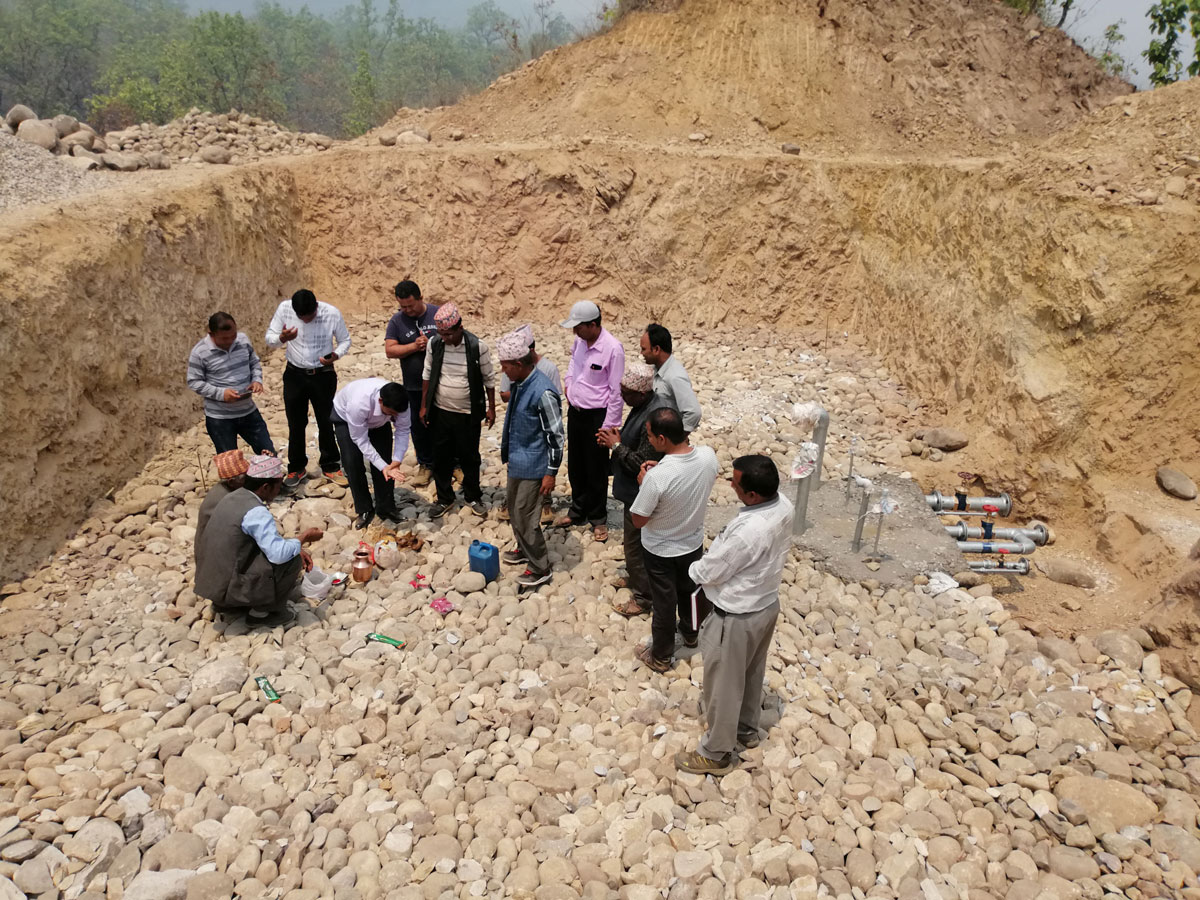
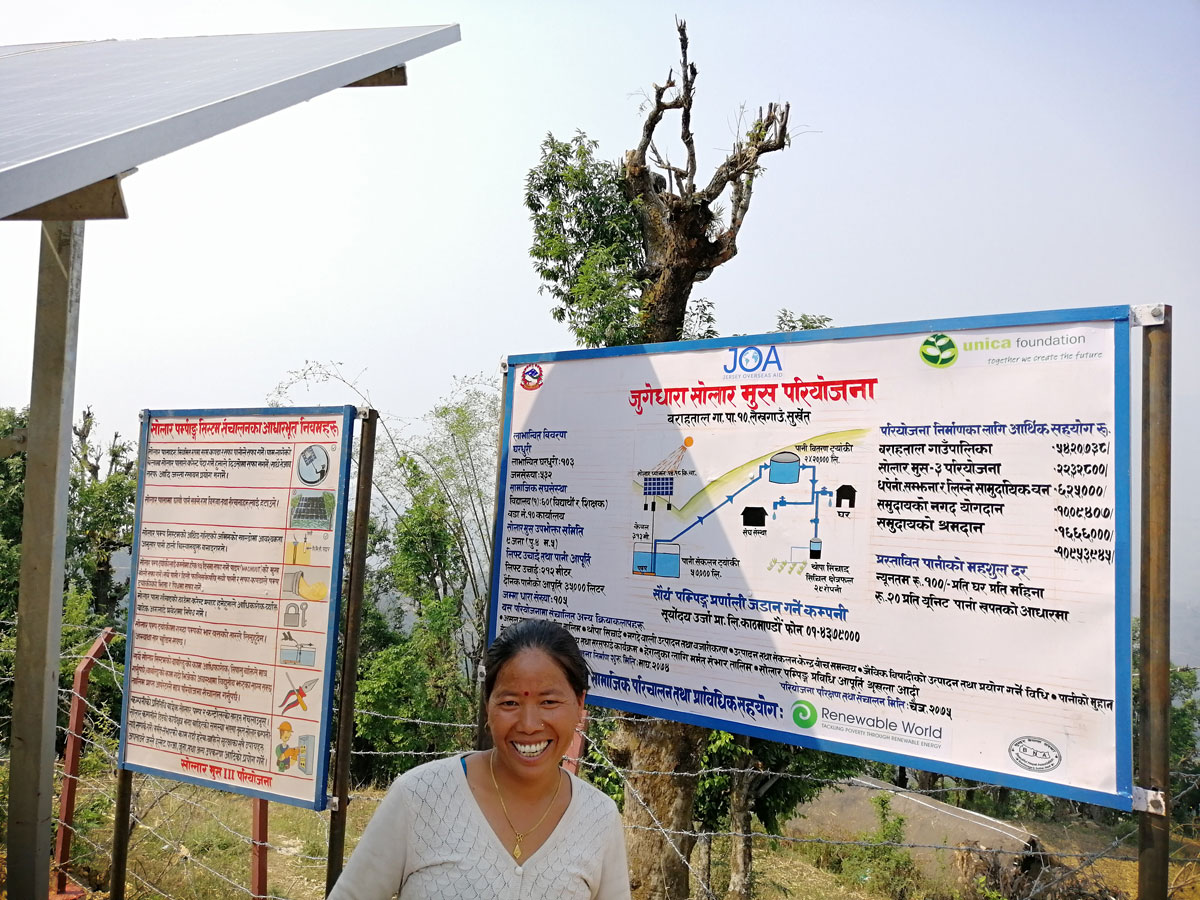
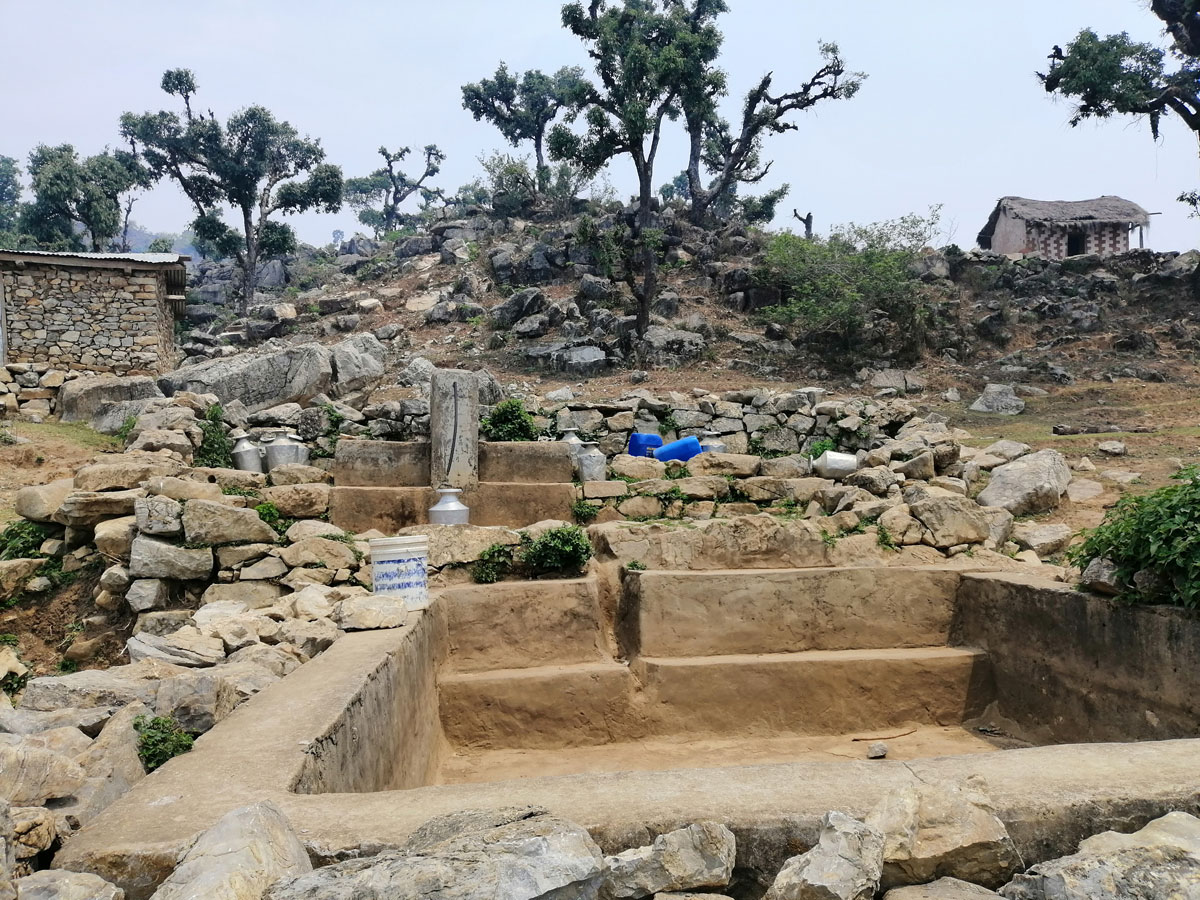
(*) ENPHO, a service oriented, scientific, national non-governmental organization, is constantly striving towards sustainable community development, demonstrating and disseminating eco-friendly technologies (eg. Rain Water Harvesting, EcoSan Toilets, DEWATS) and water treatment options (eg. Chlorine solution, SODIS, filters). ENPHO promotes integrated community based approaches for safe water, sustainable sanitation, solid waste management, hygienic behavior, improving indoor air, and environmental and air quality monitoring for creating healthy and environment friendly societies.




